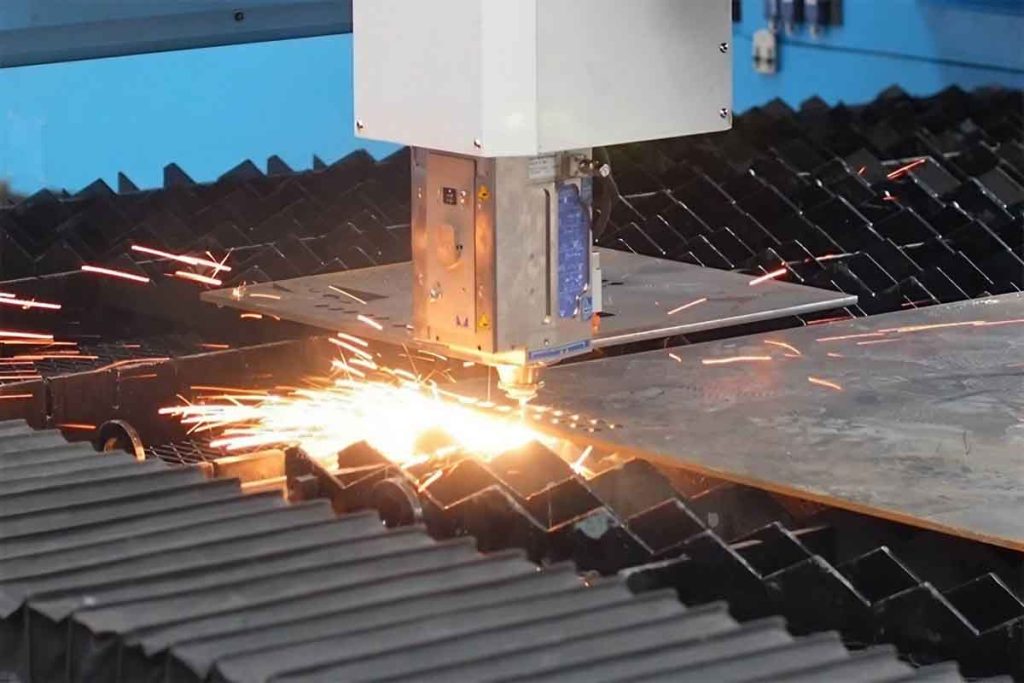In the world of metal fabrication, achieving precision is an art and science of its own. At its core, Computer Numerical Control (CNC) programming for precision cuts plays an essential role in delivering superior quality and accuracy in metal parts and components.

Understanding CNC Programming
CNC programming is the process of creating a set of instructions for CNC machines to follow. It involves the use of a computer and software to control machine tools such as drills, lathes, mills, and grinders for efficient and precise machining.
The Importance of Precision Cuts
Precision in metal cutting ensures that components fit perfectly and function optimally. This is crucial in industries where precision is non-negotiable, such as aerospace, automotive, and medical device manufacturing.
Components of CNC Programming
The key elements of CNC programming include the tools, the path of the cut, and the machining parameters. Each component must be meticulously planned to achieve the desired precision.
Tools Used in CNC Programming
Choosing the right tool is vital for effective precision cuts. Tool selection depends on the material being cut, the type of cut required, and the finish desired. For a detailed exploration of suitable tools, visit Manual Tools Guide.
The Role of CAD Software
Computer-Aided Design (CAD) software is an integral part of CNC programming. It allows manufacturers to create precise 2D or 3D models of components, which serves as the blueprint for the CNC machine.
Integrating CAD with CNC
The seamless integration of CAD software with CNC programming enhances precision and efficiency in metal fabrication. Learn more about this integration here.
Common CNC Programming Languages
There are several languages used in CNC programming, with G-code being the most prevalent. G-code commands control the movement and operation of CNC machines, dictating everything from speed to positioning.
Role of G-Code in Precision Cuts
G-code is crucial for achieving precision cuts as it ensures that the tool follows the exact path specified in the CAD design. For more on effective metal cutting, check out metal cutting methods.
Setting Up a CNC Machine
A properly set up CNC machine lays the foundation for successful precision cuts. This involves calibration, tool setup, and verifying the program before starting the machining process.
Calibration for Precision
Calibration ensures that the CNC machine operates within the desired tolerances, a prerequisite for achieving high precision. Read about safety tips while setting up your machine.
Ensuring Safety in CNC Operations
Safety cannot be overemphasized in CNC machining. Proper training, use of personal protective equipment, and adherence to safety protocols are crucial.
Implementing Safety Measures
To ensure safe and efficient operations, see our safety guidelines.
Challenges in CNC Programming
Despite its benefits, CNC programming comes with challenges such as complex programming codes, the need for highly skilled operators, and the risk of machine malfunction.
Overcoming CNC Programming Challenges
Solutions include continuous training of personnel, regular machine maintenance, and adopting advanced CNC software solutions.
Future of CNC Programming in Precision Cutting
The future is bright for CNC programming as advancements in technology continue to enhance the precision and efficiency of CNC machining.
Emerging Technologies
Technologies such as artificial intelligence and machine learning are paving the way for more sophisticated precision cutting techniques.
Conclusion: The Impact of CNC on Metal Fabrication
In summary, CNC programming for precision cuts is a critical component of modern metal fabrication. It not only ensures the production of high-quality components but also supports the pursuit of innovation and excellence in manufacturing.

Frequenty Asked Questions (FAQs)
What is CNC programming?
CNC programming entails generating code and instructions that guide CNC machines in executing specific tasks, ultimately enabling precise manufacturing.
How does CNC ensure precision cuts?
Through the use of precise coding and detailed instructions, CNC machines can execute cuts with high accuracy, following the design models exactly.
What industries benefit most from CNC machining?
Industries such as aerospace, automotive, and healthcare rely heavily on CNC machining for its precision and reliability in producing essential parts.
This article contains affiliate links. We may earn a commission at no extra cost to you.

